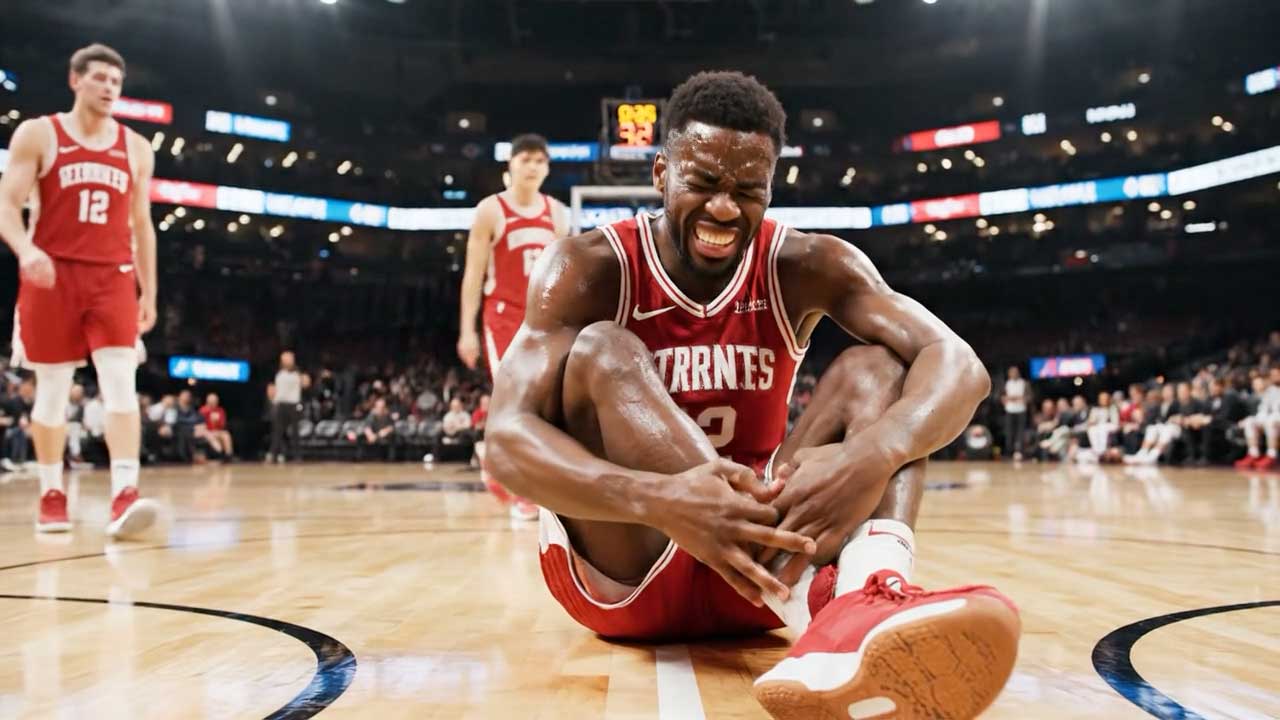Today’s patient is a 20 year old male varsity basketball player at a local junior college. His chief complaint is recurring sprains on the outside of his right ankle. He has been playing team basketball regularly since he was in elementary school and experienced his first “rolling” of his right ankle while in middle school. Over time the ankle has given out on him with more intensity and frequency since his senior year in high school and two years of junior college. He has had to miss practices and games and is concerned about losing scholarship possibilities at the university level. He has tried various shoes, including high tops, ankle braces of various types as well as taping of his ankle, but is still experiencing instability and feel inhibited in his ability to pivot and has avoided jumping on occasion for rebounds under the basket due to fear of reinjuring his ankle. He was recommended to obtain custom made foot orthotics in an attempt to improve his balance, proprioception and improve stability in his right foot and ankle.

The patient is 6’ 4” tall and weighs 185 lbs. His past medical history is unremarkable, he denies any prescription medications and has no known food or drug allergies. He denies smoking, alcohol or recreational drug usage. In addition to basketball he trains with a personal trainer emphasizing strength and flexibility and has seen a sports psychologist for help with his anxiety related to his ankle instability.
Lower extremity physical exam findings include normal pedal pulses and capillary filling times on both feet, normal hair growth on all his toes. Neurological findings include normal deep tendon reflexes, absent clonus, absent Babinski sign adequate sharp/dull, and vibratory sensation in all dermatomes. No unusual skin lesions noted other than subungual hematoma formation under toenail 1,2 and 5 right foot, dried blister formation under the 1st metatarsal head, right foot and diffuse callous formation under the fifth metatarsal head of the right foot. Musculoskeletal findings include a neutral type foot morphology on the left side, and cavus foot morphology on the side right with inverted heel position, semi rigid contraction of digits 1-5, high arch configuration and soft tissue prominence under the 1st metatarsal head. Mild edema is noted in the right lateral ankle compartment with some tenderness elicited in the right Anterior Talofibular Ligament area, Sinus Tarsi, and along the Peroneal Tendons between the lateral malleolus and Peroneal Tubercle on the right side. Muscle strength of the Peroneal Group is mildly diminished on the right side. The patient cannot maintain balance during a single limb squat on the right side.
Biomechanical findings include a zero degree Resting Calcaneal Stance Position on the left and 4 degree inverted RCSP on the right, 2 degree Neutral Calcaneal Stance position on the left and 4 degree NCSP on the right. Ankle dorsiflexion is zero degrees with knee extension and 5 degrees with knee flexion on the right and 5 and 10 degrees respectively on the left. Subtalar joint range of motion is 22 degree inversion and 8 degree eversion on the left, 24 degree inversion and 2 degree eversion on the right. Forefoot to rearfoot measurement is perpendicular on the left and 4 degree forefoot valgus on the right with plantarflexed 1st ray. There is also noted to be a prominent 5th metatarsal tuberosity on the right side. Gait analysis noted symmetrical shoulder height, arm swing, mild Tibia varum bilateral lateral instability during heel strike of the right side with early heel off on the right side.
Discussion
The diagnosis is Chronic Lateral Ankle Instability of the right ankle, in a competitive basketball player. Treatment goals are to utilize custom foot orthotics to increase stability of the feet and ankles, improve balance and proprioception and prevent further injuries to the right ankle. The patient is requesting the orthotics be light weight, and somewhat flexible so he can maintain his “feel for the floor” and ability to pivot, turn quickly, and help re-establish his confidence during games and practices.
KevinRoot Medical offers the Model P3, for lateral ankle instability.
There are also two models designed for basketball players, Models S4 and S5
As you can see these are very different types of custom orthotic devices, Which features from these models would you emphasize? What particular issues from this patient would you address, and how?






